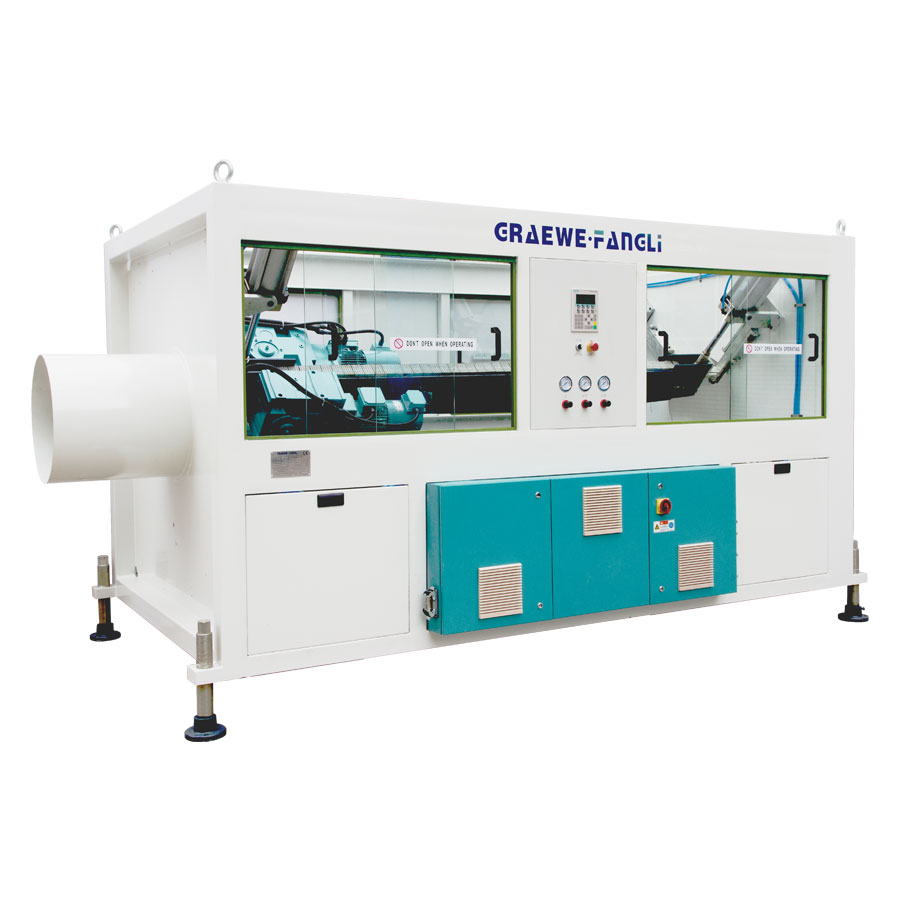- English
- Español
- Português
- русский
- Français
- 日本語
- Deutsch
- tiếng Việt
- Italiano
- Nederlands
- ภาษาไทย
- Polski
- 한국어
- Svenska
- magyar
- Malay
- বাংলা ভাষার
- Dansk
- Suomi
- हिन्दी
- Pilipino
- Türkçe
- Gaeilge
- العربية
- Indonesia
- Norsk
- تمل
- český
- ελληνικά
- український
- Javanese
- فارسی
- தமிழ்
- తెలుగు
- नेपाली
- Burmese
- български
- ລາວ
- Latine
- Қазақша
- Euskal
- Azərbaycan
- Slovenský jazyk
- Македонски
- Lietuvos
- Eesti Keel
- Română
- Slovenski
- मराठी
- Srpski језик
How to Use Haul-off Equipment Effectively
2025-05-23
Using haul-off equipment effectively usually means using a device or tool to pull, carry or haul objects, such as trailers, tractors, carts, etc. Whether it is hauling heavy objects or for emergency rescue, using haul-off equipment correctly can ensure safety and efficiency. Here are some tips for using haul-off equipment effectively:
1. Understand the types and functions of equipment
Choose the right haul-off equipment: Choose the right haul-off equipment according to the type and weight of the object you need to haul. For example, trailers are suitable for carrying heavier objects, while carts are suitable for carrying lighter objects.
Check the capacity and load-bearing capacity of the equipment: Make sure the equipment used can withstand the weight of the object and will not be damaged due to overload.
2. Check the status of the equipment
Safety inspection: Before using the haul-off equipment, check whether the equipment is in good condition. Check whether the tires, traction devices, connecting parts, brakes, etc. are damaged or worn, and ensure that all parts are working properly.
Lubrication and maintenance: Regularly lubricate and maintain the equipment, especially the moving parts such as bearings, tires and chains, to ensure smooth operation of the equipment.
3. Use the right towing tools
Stable connection: If you are using a trailer or other towing equipment, make sure the connected parts are firm and will not come loose. The tow rope or tow bar needs to meet the load-bearing standards of the equipment and be fixed.
Choose the right tow rope: Choose a tow rope or chain of appropriate length and strength according to the weight of the object, and make sure it is strong enough to handle the towing load.
4. Correct operation
Accelerate gradually: When using a towing device, avoid sudden acceleration or excessive towing. The traction should be increased gradually to avoid damage to the equipment or loss of control.
Smooth driving: If the equipment has wheels or other walking parts, ensure smooth operation and avoid sharp turns or sudden stops to reduce the pressure on the equipment and the towed object.
Maintain stable traction: Make sure the towed object remains stable during driving to avoid tilting or falling. Especially when towing heavy objects, pay attention to the stability of the object.
5. Avoid excessive loading
Observe weight limits: Avoid overloading. Towing equipment has a maximum load capacity. Excessive loading may cause damage to the equipment or improper operation.
Share the weight: If possible, spread the weight across multiple devices to avoid overloading a single device.
6. Precautions for the operating environment
Choose a flat road: Try to use the haul-off equipment on a flat or slightly inclined road, and avoid using it on a ground with a large slope to prevent the equipment from getting out of control.
Pay attention to obstacles: Make sure there are no obstacles in the operating environment to prevent the towed object from getting stuck during the operation.
7. Emergency response
Brake system: If the device has a brake system, make sure the brakes are sensitive. Especially on a slope or after long-term use, keep the brake device working properly.
Handling Failures: If the haul-off equipment fails or encounters problems during the hauling process, stop using it immediately, check whether the equipment is damaged or the connection is unstable, and repair it.
Through these methods, you can use the haul-off equipment more effectively, not only improving work efficiency, but also ensuring operational safety. When using it, always pay attention to the maintenance and use specifications of the equipment to avoid equipment damage or personal injury due to improper operation.




